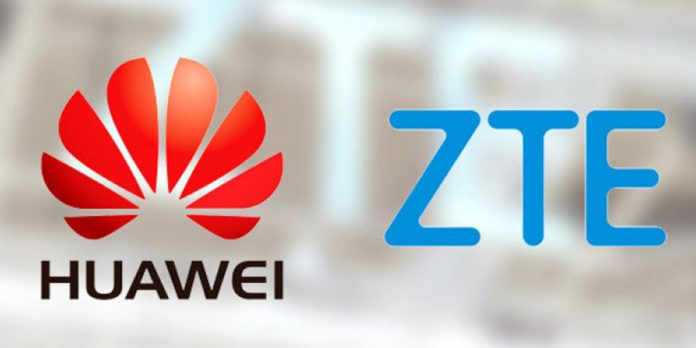
In the coming months, many telecoms companies in the United States will start physically ripping out all Huawei and ZTE equipment from their respective networks, Bloomberg reports.
On Friday, the U.S. Federal Communications Commission (FCC) officially kicked off the reimbursement program for replacing equipment from the two Chinese companies, both of which have been deemed a threat to national security. That means that telcos can apply for subsidies to remove the hardware from their networks.
A lot has been said about Huawei and ZTE telecoms equipment and devices being used to spy on Americans for the Chinese government, but the physical logistics of overhauling America’s connectivity infrastructure is just as complicated given how much banned equipment is involved.
The process that started last week allows telcos to file expenses for wiping out the hardware. Whenever those funds are approved and sent, “the clock starts ticking,” says John Nettles, president of Alabama-based Pine Belt Communications Inc. “You’re expected to complete it within one year after receiving your first reimbursement.”
For the target recipients of the program, small and usually rural carriers with no more than 10 million customers, that means 2022 is going to be an insanely busy year. Without expansive subsidies, these telecoms have said they would not have been able to afford to comply with the government mandate, but now with federal reimbursements, they’ll soon be under the gun to source enough labor and eligible replacement gear to meet the FCC’s deadline. Nettles estimates it’ll likely take a four-person crew a week to overhaul each of his 67 towers.
“It’s going to be a pretty intense effort, and I probably have one of the smallest networks that needs to be swapped out,” he explains.
Making matters more difficult, Nettles says telecoms are also required by law to trash the Huawei and ZTE equipment. It’s not as easy as throwing the components in a recycling bin. “There’ll be vendors popping up with industrial-strength shredders. We’ll throw it all in there and watch it get crunched up,” he says. But not before they have new hardware ready for installation from the likes of Ericsson or Nokia Oyj, lest they cut off web and mobile access for droves of American consumers. “Otherwise, you’re going to have a service gap,” Nettles says. “We call it ‘rip and replace’ but it really needs to be ‘replace and rip.’”
With the chip shortage disrupting supply chains, Nettles worries whether he and his counterparts around rural America will be able to complete the rollout (or re-rollout) of the necessary equipment seamlessly and within budget. But there’s still time to get their ducks in a row. The FCC has given carriers until mid-January to apply for reimbursements, at which point they’ll go through a review and financial allotment process, possibly finishing up around this coming spring. If carriers don’t receive enough subsidies, they’ll be faced with some hard choices. Nettles estimates it might take $25 million or so to fund his particular revamp. If Pine Belt gets less, he wonders, “Do I just shut down a fifth of my network? Or do I go out and try to find funding elsewhere?”
For now, he’s been reading through the copious paperwork on the FCC filing process, which he expects will consume him and his team for the foreseeable future. “I sent it to them saying, ‘Giddy up, this is going to characterize your life for the next three to six weeks,” Nettles says. “It’s looking like it’s going to be a pretty daunting task.”










